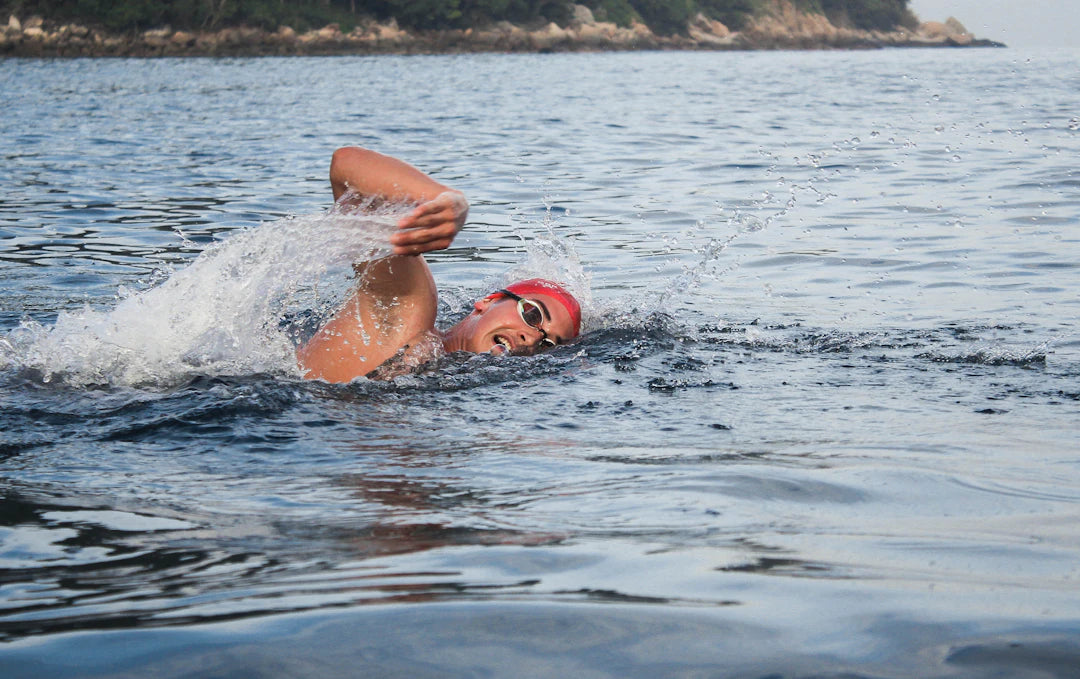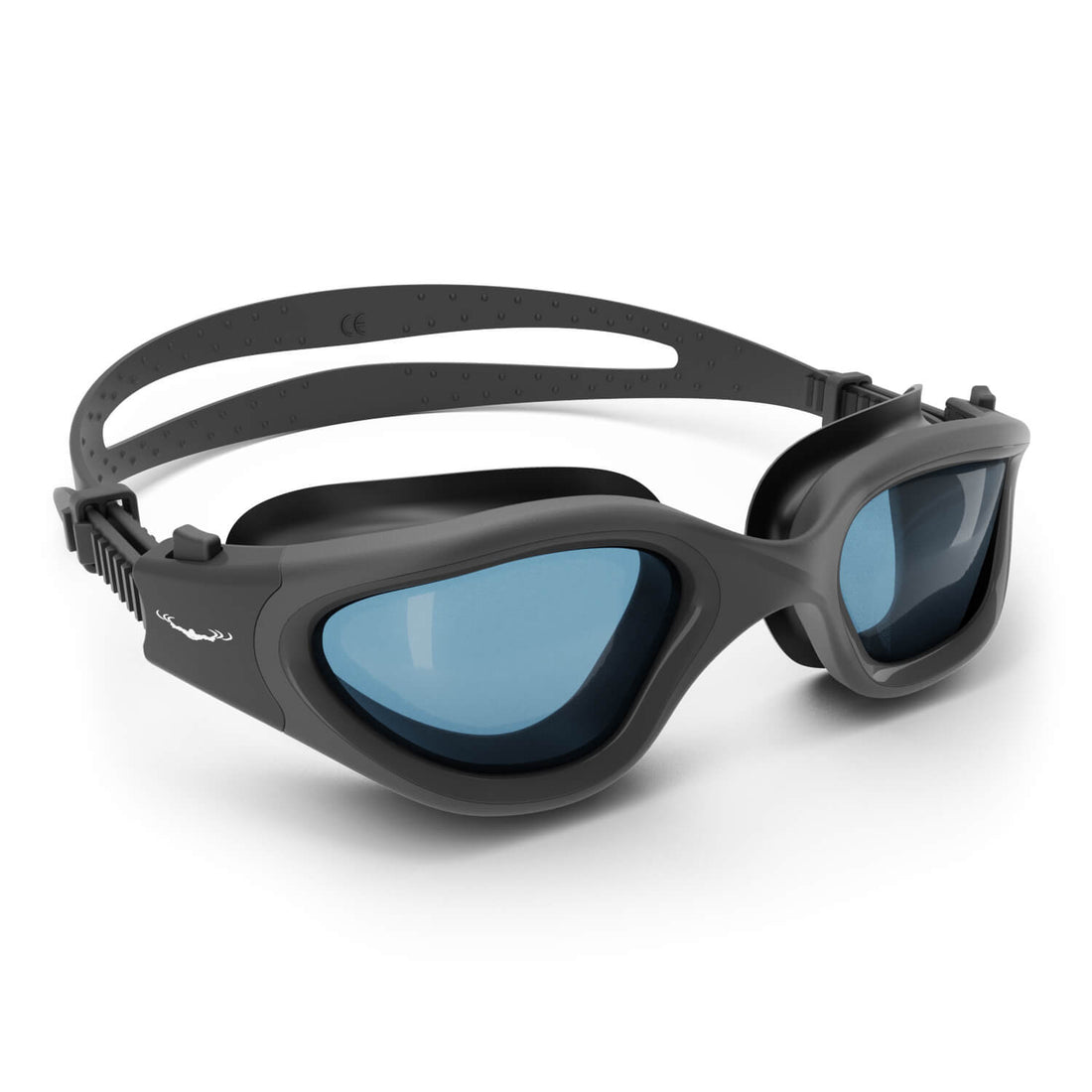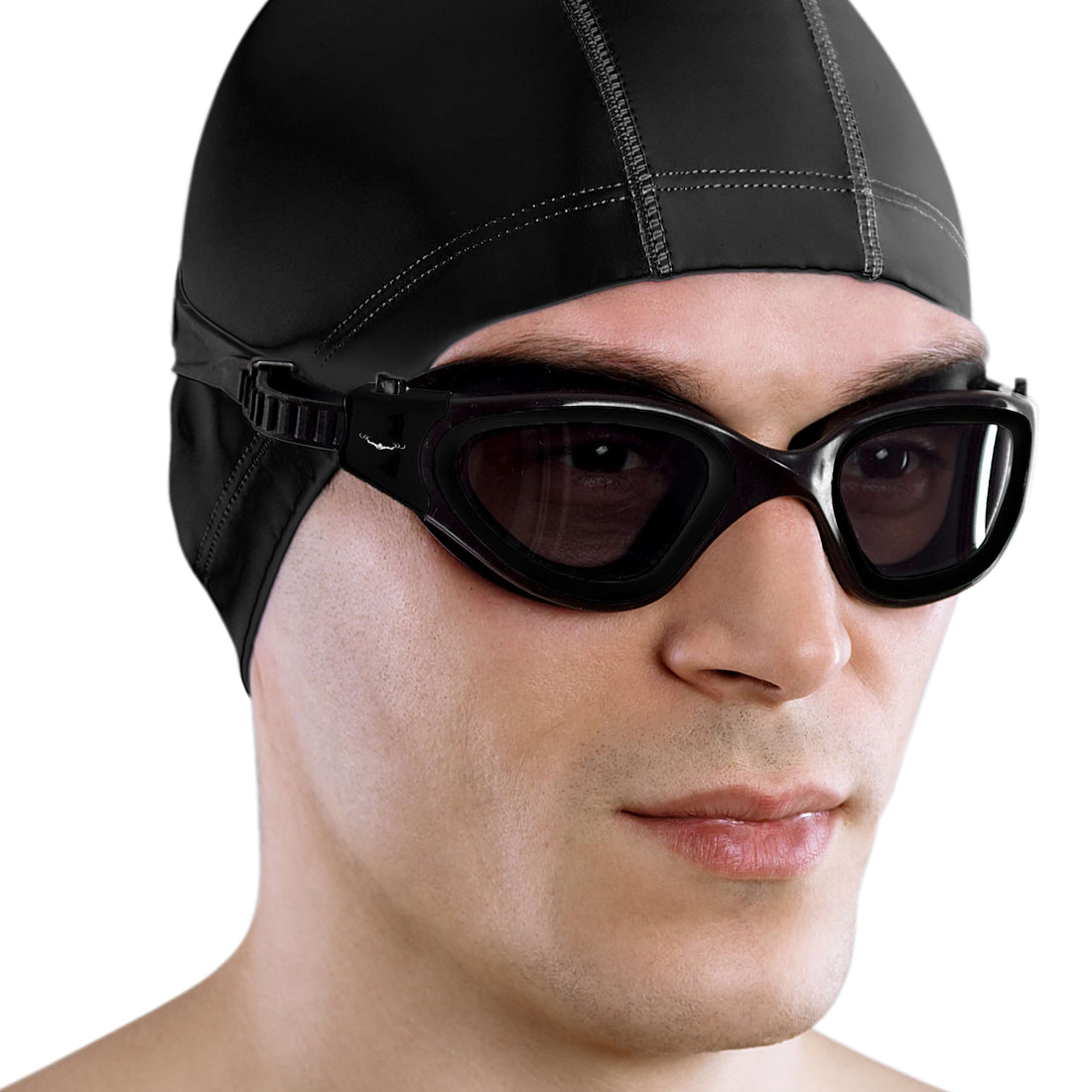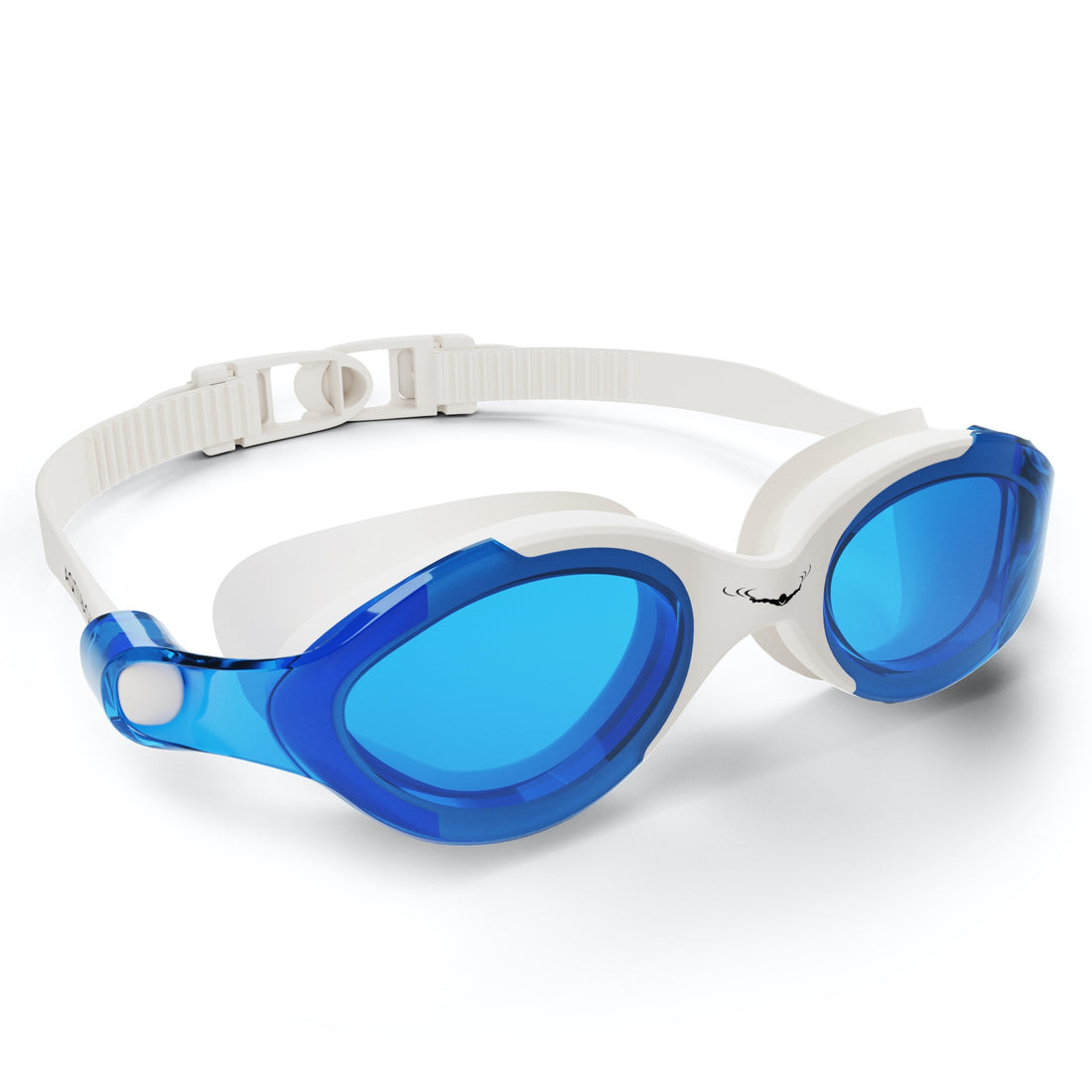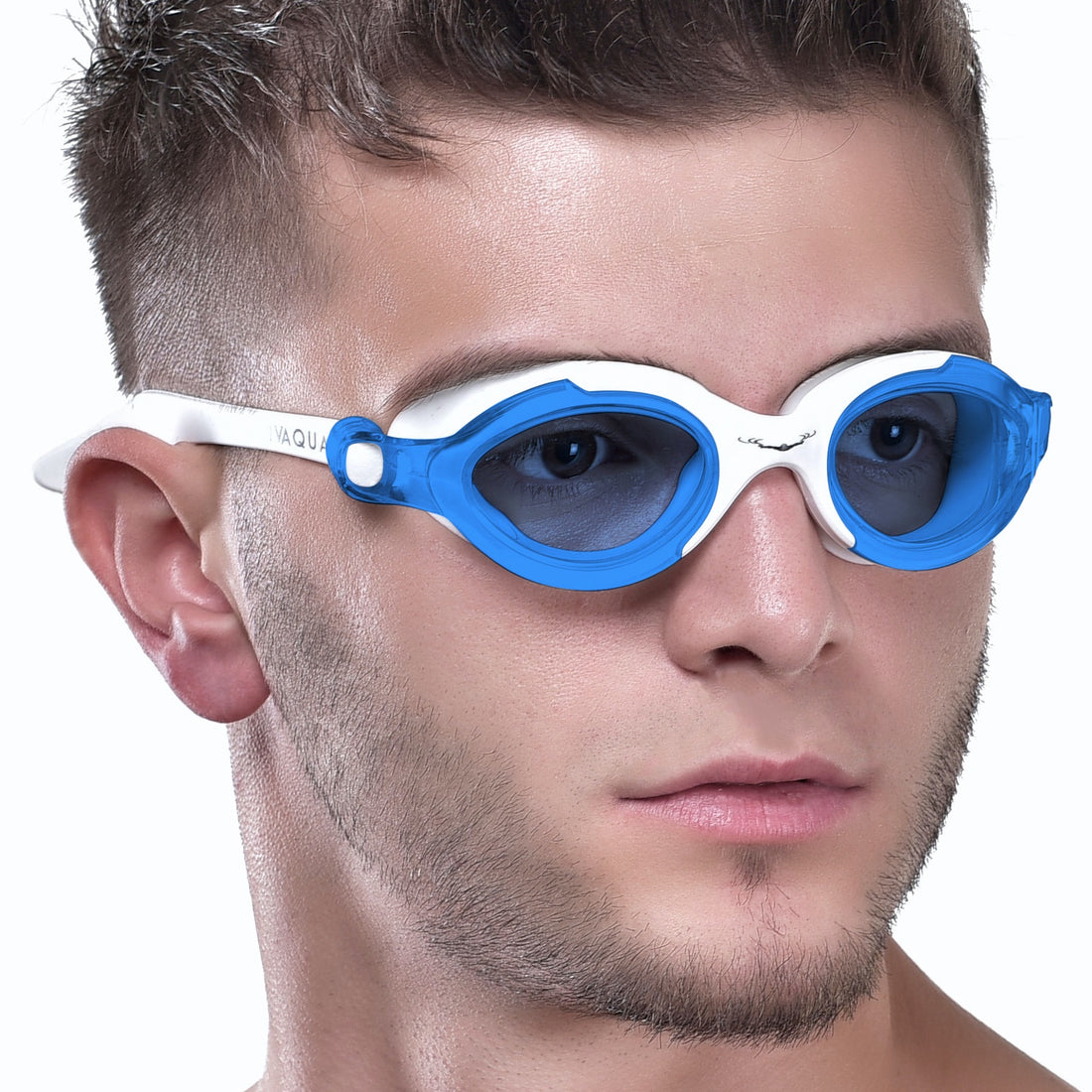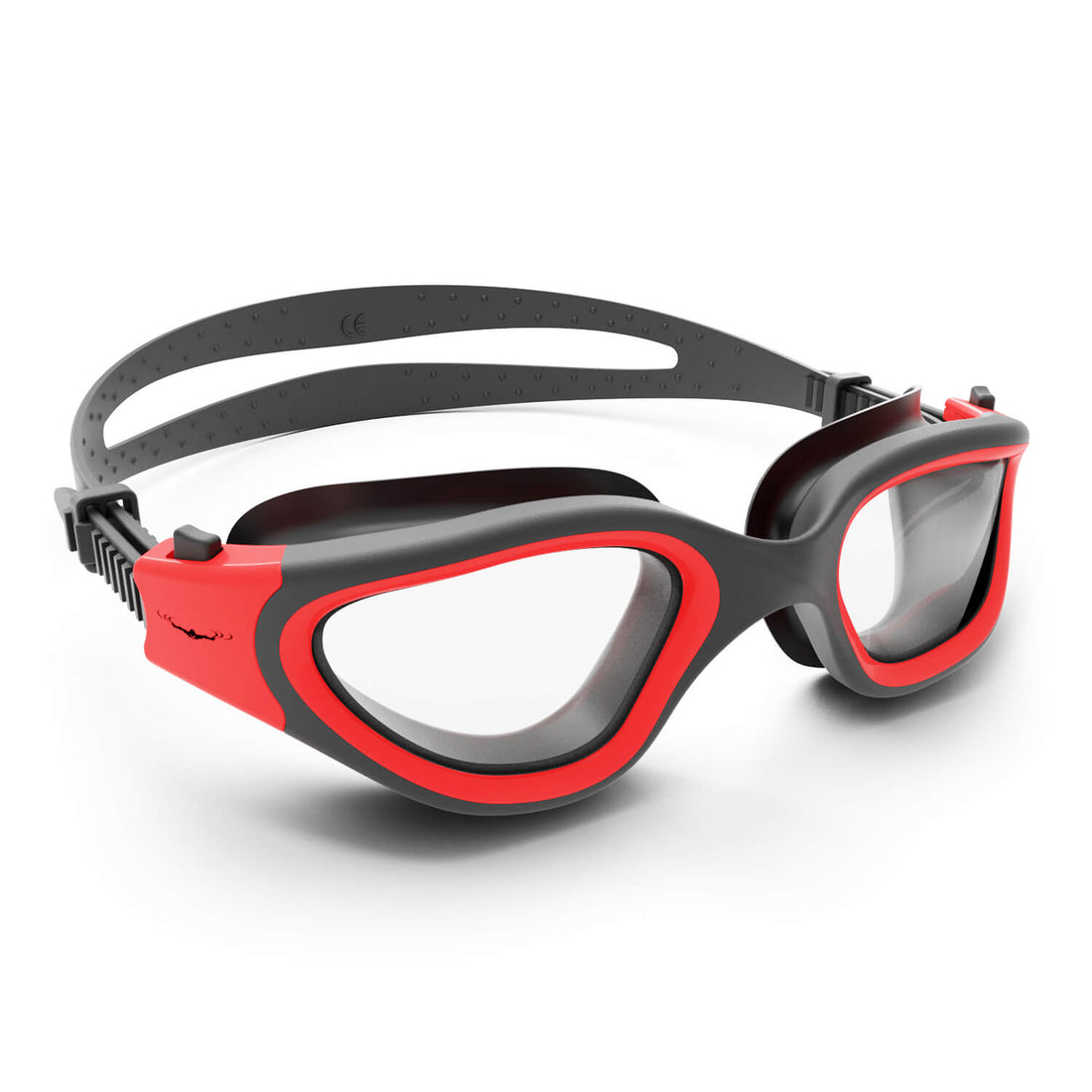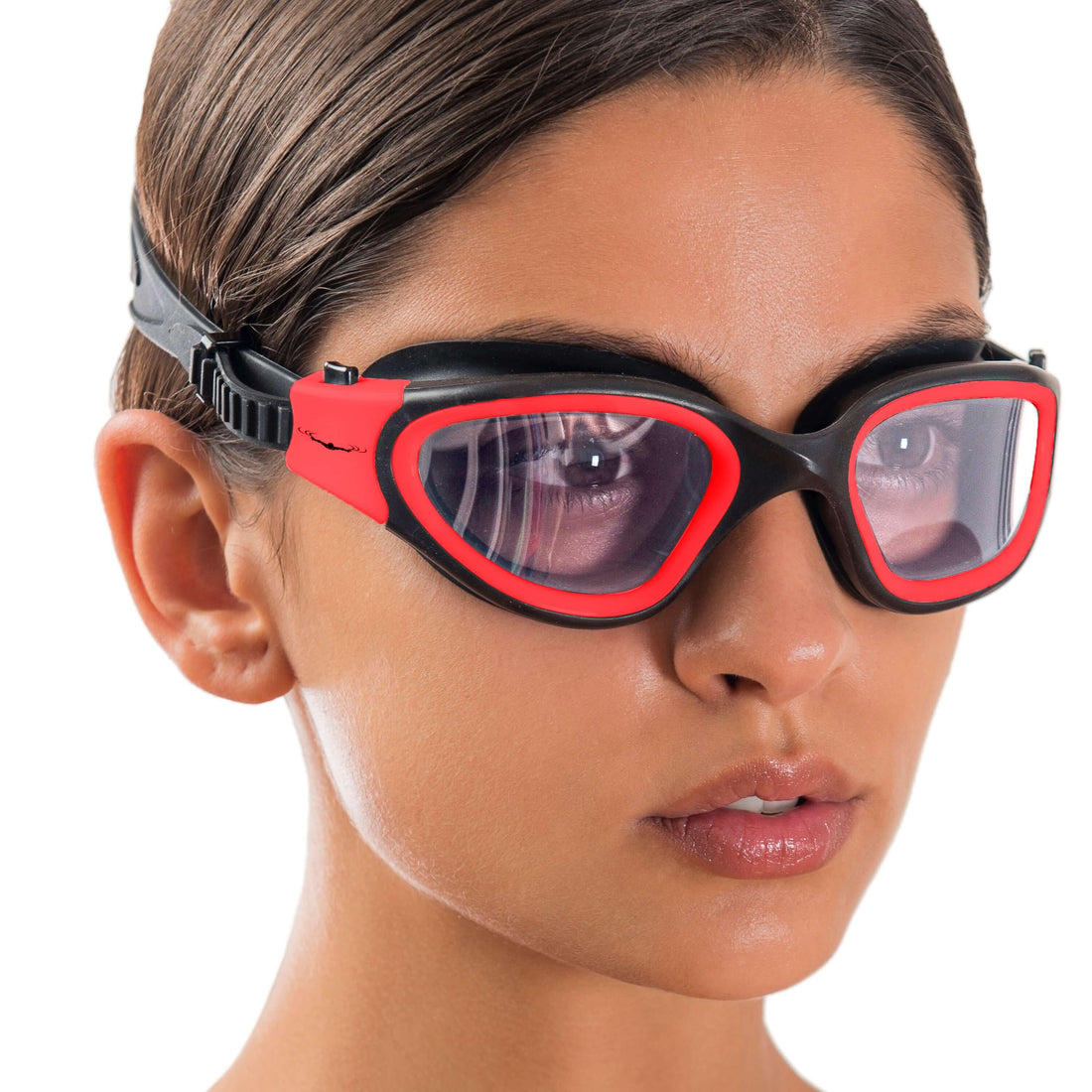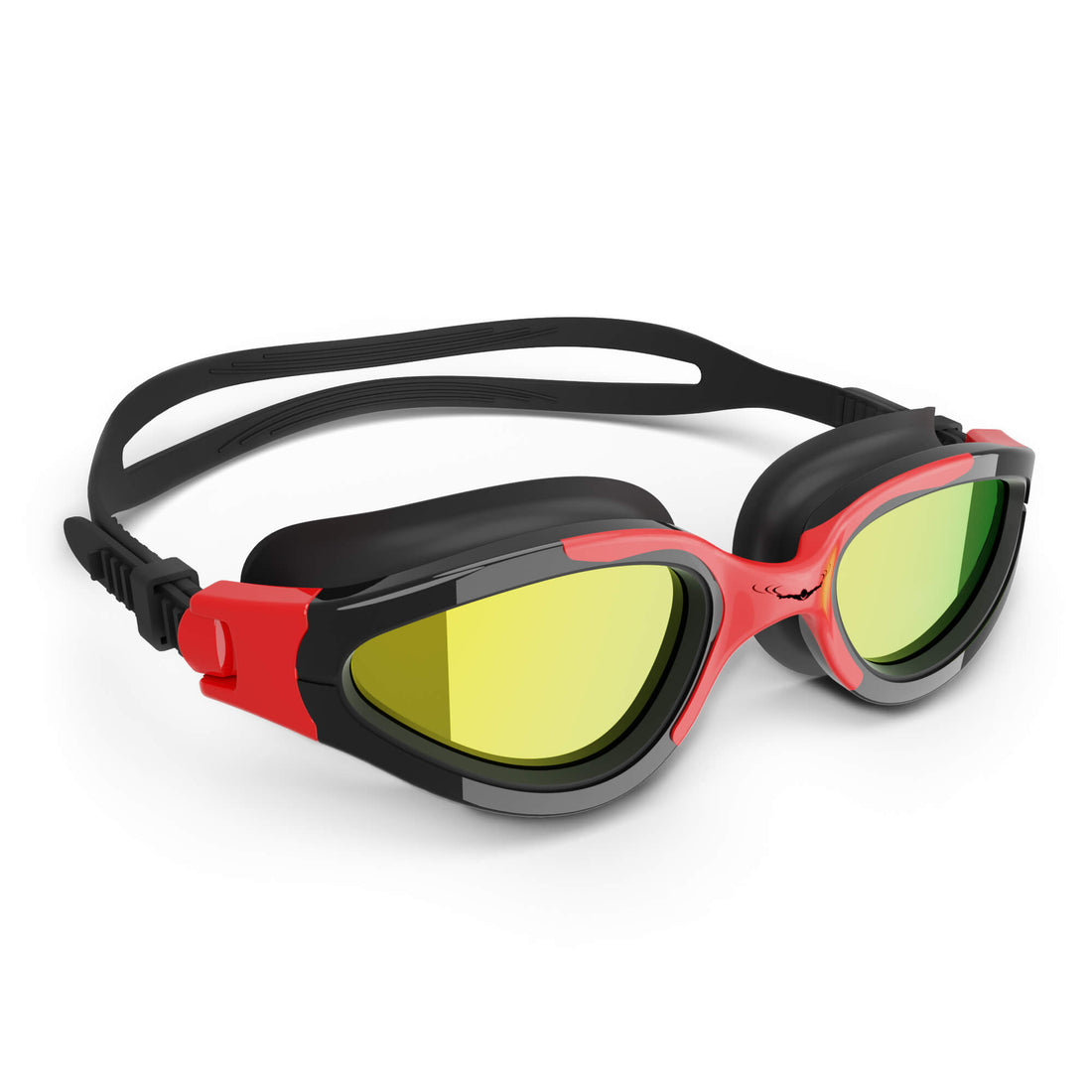Frequently Asked Questions
1. What are the benefits of swimming in a pool?
2. What are the main challenges of open water swimming?
3. How does swimming technique differ between pool and open water?
4. How can I balance swimming in both a pool and open water?
5. What should I consider when choosing between pool swimming and open water swimming?
When it comes to swimming, enthusiasts often face a common dilemma: Should you dive into a serene pool or embrace the wild adventure of open water? Both options hold unique benefits and challenges that cater to different swimmers. In this article, we’ll explore the pros and cons of swimming in open water versus the pool to help you determine which suits your style, goals, and comfort level best.
The Calm of the Pool: A Closer Look
Swimming pools offer a controlled environment that can be perfect for both beginners and experienced swimmers. With consistent temperature, clear visibility, and minimal current, pools can create a comfortable setting to hone your technique and fitness levels.
Advantages of Swimming in a Pool
- Control Over Environment: Pools provide a climate-controlled atmosphere, typically free from the challenges of nature.
- Less Anxiety: For those anxious about the vastness of open water, pools can eliminate fears associated with swimming in waves or currents.
- Structured Training: Lap lanes allow for focused training sessions. You can easily track laps and timing, making it easier to set and meet fitness goals.
- Safety: Pools are typically supervised, ensuring added security for novice swimmers.
- Equipment Use: Many pools allow the use of specific swimming aids, allowing you to train using polarized swim goggles or swimming caps to enhance your experience.
Considerations When Choosing Pool Swimming
While there are many positives, there are a few drawbacks to consider before picking pool swimming as your primary method:
- Limited Space: The confined space may limit your swimming distances without repetitive turns.
- Monotony: Routine swims in the same environment can become tedious for some, making it less appealing in the long term.
- Temperature Control: Depending on the season, pool temperatures may not always be comfortable, particularly in summer or winter.
The Allure of Open Water Swimming
Open water swimming, whether in lakes, rivers, or the ocean, offers a distinct experience that draws many to its natural beauty. As you glide through water surrounded by the sights and sounds of nature, your swim can become an adventure in itself.
Benefits of Open Water Swimming
- Naturally Challenging: Open water comes with waves, currents, and varying temperatures, providing a more rigorous workout.
- Connection with Nature: Swimming outdoors allows you to enjoy landscapes and wildlife, creating a rejuvenating experience.
- Variability: Each swim can be unique with different sights, sensations, and challenges to overcome, keeping the activity fresh and exciting.
- Improved Skills: Adjusting to open water conditions can develop a swimmer's adaptability, making them stronger overall.
Potential Challenges of Open Water Swimming
Before you pack your swimsuit and polarized swim goggles, consider these challenges that come with open water swimming:
- Safety Concerns: Open water swimming can present potential hazards, including deeper waters, waves, and unforeseen currents. It's essential to swim with a buddy and to be aware of safety protocols.
- Temperature Variability: Water temperatures can fluctuate significantly, from warm sunny spots to frigid lakes, requiring appropriate gear like wetsuits and swimming caps.
- Navigation Skills: Unlike the straight lanes of a pool, open water requires good sighting techniques to keep you on course.
- Uncertainty: The unknown nature of open water can produce anxiety; it's vital to be prepared mentally.
Comparing Swimming Techniques
Whether you’re swimming in a pool or open water, techniques often vary based on your environment. Let’s examine how swimming strokes and strategies can change between these two options.
Breathing Technique
In a pool, swimmers can typically breathe more freely and at their own pace. Open water presents more challenges such as waves and choppy conditions, which may require swimmers to adapt their breathing techniques to maintain a rhythmic intake of air.
Stroke Modifications
Open water conditions often call for more adaptive strokes. In turbulent waters, a swimmer might prefer using a more efficient breathing pattern, potentially transitioning from freestyle to a breaststroke for better control.
Visibility and Awareness
In pools, visibility is generally clear, allowing swimmers to focus on their strokes and pacing. Conversely, visibility in open water can be affected by murky water, waves, or bright sunlight, making it crucial to remain aware of surroundings at all times. Wearing polarized swim goggles can help enhance visibility, reducing glare from the sun and enabling a clearer view of underwater conditions.
Balancing the Best of Both Worlds
Many swimmers ultimately find that each environment offers unique benefits, and balance is key for personal development. Here are some suggestions on how to effectively integrate both swimming experiences:
Create a Diverse Training Routine
Consider a training regimen that incorporates both pool and open water swimming. This will not only add variety to your workouts but will also develop different skill sets crucial for overall swimming proficiency.
Set Specific Goals
Decide on specific goals for each training environment. For instance, use the pool for speed and stroke technique practice, while reserving open water swims for distance, endurance, and natural navigation skills.
Mindset and Preparation
Prepare mentally for the differences. Make sure that you are equipped with appropriate swimming gear, such as swimming caps to keep your hair dry and polarized swim goggles to improve visibility in both environments.
Embracing Your Swimming Journey
Ultimately, whether you choose the tranquility of a pool or the untamed beauty of open water swimming comes down to personal preference. Each option presents its unique set of rewards and challenges. By understanding your goals, honing your techniques, and remaining adaptable, you can enjoy the best of both worlds.
So, dive in and choose your adventure! From mastering skills in the calm of a pool to overcoming waves in open waters, your swimming journey awaits. Remember, whether you're donning a swimming cap or your polarized swim goggles, the water is your playground – embrace it all!


